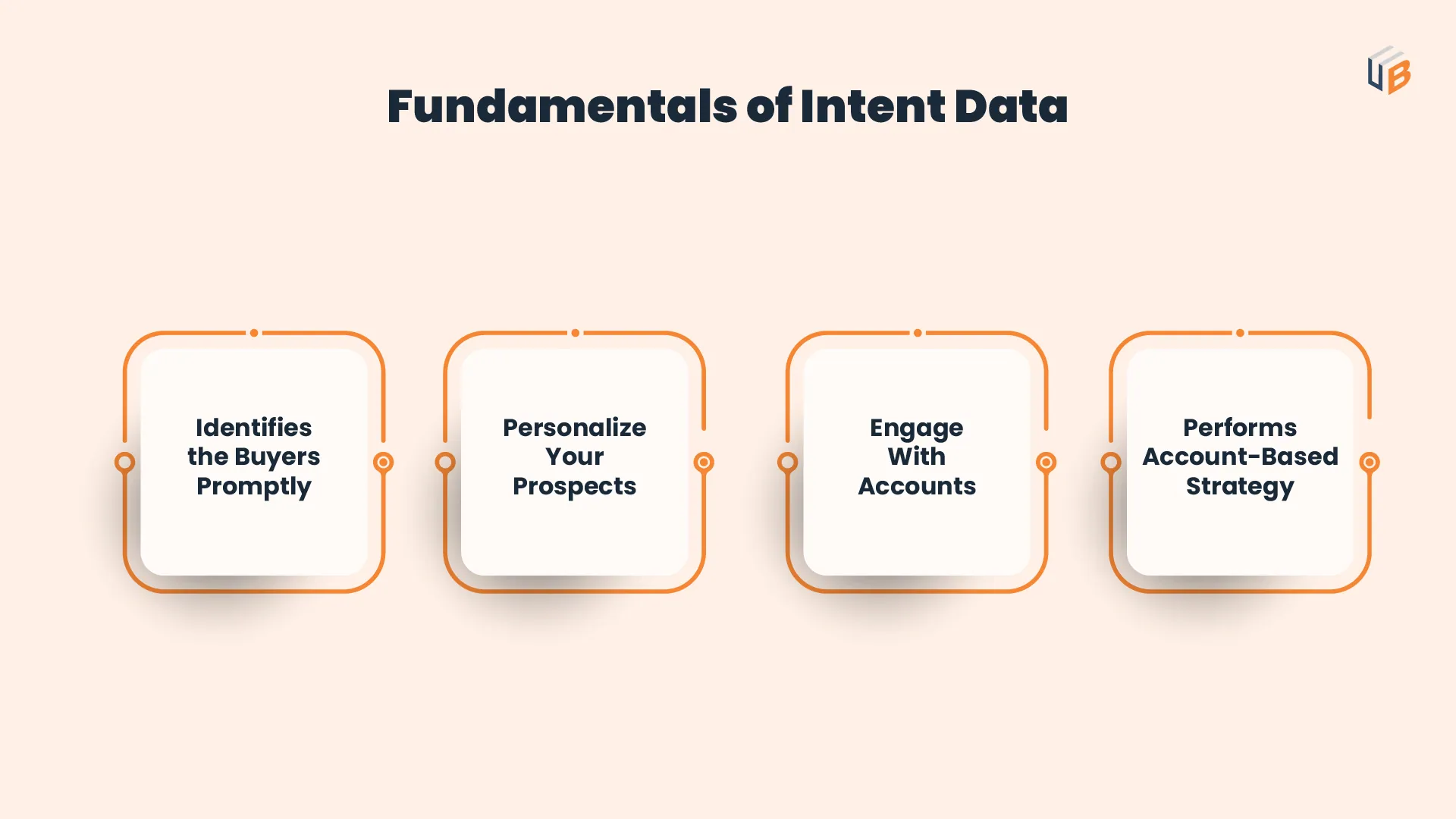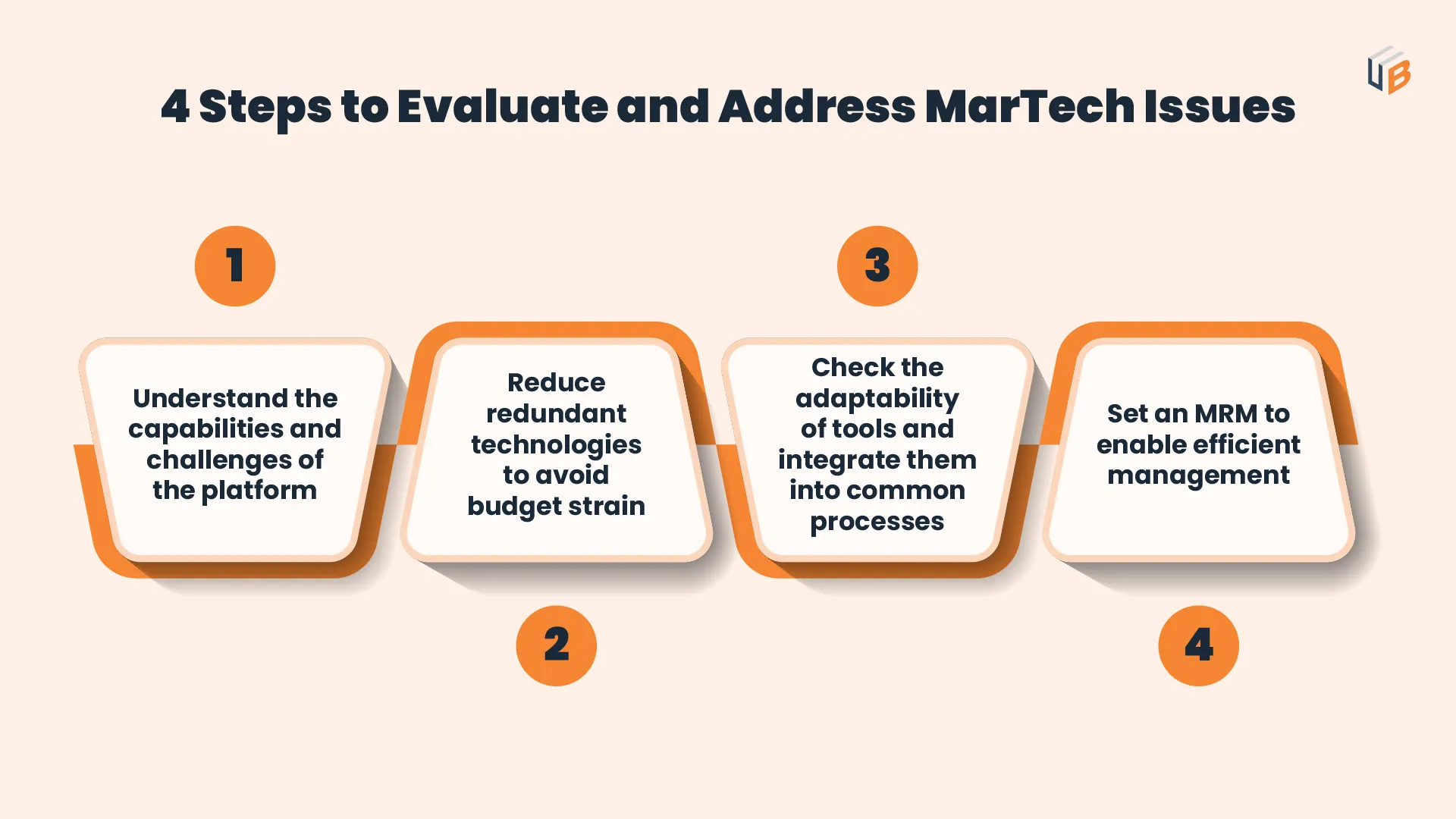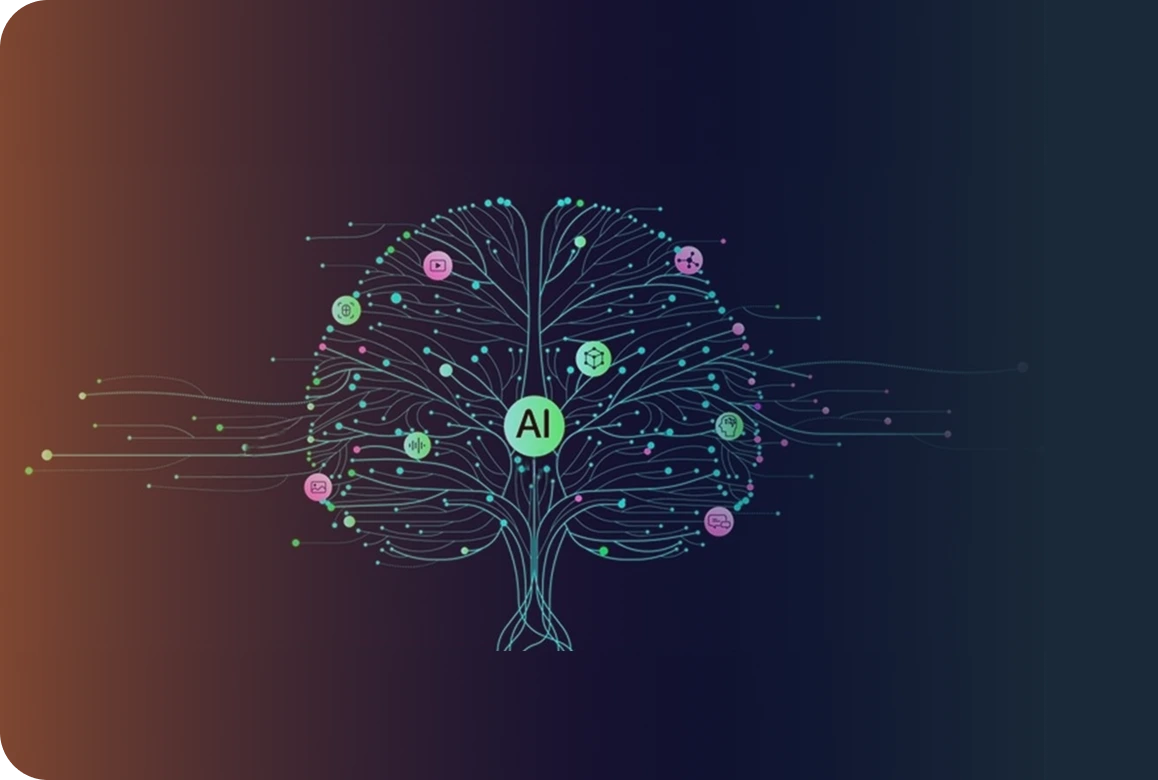
Intent data being a wider concept answers multiple questions for B2B marketers if understood correctly. When marketers or enterprises use intent data, they save their resources along with having an advantage over the competition.
MarTech stack on the other hand streamlines internal collaboration, measures the performance of a marketing campaign and proactively communicates with the clients. As per statistics, 70% of marketers are planning to increase their MarTech spending in the next three years.
So when intent data and MarTech stack are used together, organizations can understand why people are buying certain products or services, their purchasing patterns, and more leads that convert. This helps B2B marketers to accurately target prospects based on their behavior when in the purchase cycle.
It is also crucial to understand the significance of intent data in the MarTech stack to build strategies for your businesses.
Fundamentals of Intent Data
Intent data provides information about behavioral data, actions, and interests shared across digital platforms like your business websites or apps. Following are the fundamentals of intent data:

1. Rapidly Identify the Buyers
B2B organizations are aware of the importance of knowing their customer and the most effective way to approach a customer is to collect maximum data of the client profile. Intent data collects the relevant information and identifies the buyers.
It helps to determine the in-market buyers and collect important details about the buying process. This will also provide insight into when your lead is sales-ready. So your team can understand the qualified prospects and engage with prospective buyers without delay.
2. Personalize Your Prospects
Intent data allows you to understand what the lead is exactly looking for. They may be looking for a specific product or service on your website which will indicate that they are interested in buying it.
Understanding the data in-depth for each lead or customer will help you respond to them properly. This better response will ensure that your message reaches them and you get the desired outcome. Also, the buyer intent data assist you in making an informed decision of whom you respond to first ultimately prioritizing the lead which will buy the product faster.
3. Engage With Accounts From the Beginning
When a prospect submits a demo request, they have likely researched extensively about a product or service they are looking for in the market. They may have narrowed down the company they want to buy the products or services. The sales representative may or may not be able to change or influence the decision.
With intent data, this becomes manageable as salespeople can reach prospects from the early stages of their buying. This will interest the buyer before they have come to the conclusion on their own and their chances of purchasing your product become higher.
4. Performs Effective Account-Based Marketing
Intent data efficiently identifies the accounts along with unknown accounts that will fit your ideal customer profile. As intent data informs about the whereabouts of the target accounts in their buyer’s journey, you can curate a content marketing plan to speed up the process.
It also aligns marketing, sales, and customer success teams in planning the ABM strategy. This includes selecting the target accounts, setting the lead hand-off process, and expanding investment from current client accounts.
7 Steps to Benefit from Intent Data to Strengthen MarTech Stack
1. Combine Data and Application
Most of the CDPs have built-in API connectors to commonly used MarTech stacks like marketing automation platforms, CRMs, sales acceleration tools, data analytics, email platforms, digital advertising platforms, and data dashboards. For missing APIs, it is generally easy to build a connector or automatically obtain data from SQL databases or commonly used cloud systems like Google Docs or Amazon Web Services.
Furthermore, most Customer Data Platforms are equally capable of getting data from external sources and giving processed data to end-user applications. So if you are doing it correctly, a CDP will automate both input and output, segmentation, CRM notification, and data quality updates.
2. Consolidate Consumer Profiles
Most of the time, we collect and analyze data on separate platforms like ad platforms and CRM. Oftentimes, important data is not shared between them. The process of combining data and gaining insights is often tedious and erroneous. One example of this is sales representatives unaware of whether the prospects are engaging with the campaigns or a prospect getting contacted by different salespeople with different messages.
Consolidating the customer data can solve problems such as:
- Prevents multiple assignments of leads to different representatives.
- Restrict duplicates from entering the CRM or marketing automation system.
- Ensures systematic lead-to-account assignment for account-based marketing and other targeted sales strategies.
- Reduces missed opportunities and integrates data management to minimize errors.
- Better sales efficiency by centralizing all targets and customer information for all applications.
3. Smart Segmentation and Master Data
If you can collect and process different types of consumer data in a consistent way that every client profile has a common point of reference, you segment data that leads to growth and profitability.
You can initiate putting customer data to use to obtain improved benefits by:
- Continuously improving your customer data to create a master data or customer golden record. A customer golden record is a trusted version of data that provides all the relevant information marketers need to know about a customer, entity, resource, member, item, or asset valuable to an organization or business.
- Refine your data to collect transaction-based insights, social media profiles, life events, customer preferences, and sentiment scoring to unite it using identity resolution (IDR) and a customer data platform (CDP) to obtain master data of each consumer.
- Use your master data to inform tendencies and other models to predict consumer behavior, allowing you to build discrete, intelligent segments for engagement.
4. Customer Journey Orchestration
Now that you have a customer golden record and your CDP prepped to continue refining your data, you can uplift the customers’ experiences through customer journey orchestration (CJO).
CJO simply involves gathering, synchronizing, and managing data that clients leave behind while conversing with your brand across various channels.
When the data is generated with Machine Learning (ML) and Artificial Intelligence (AI), the stage is set for decision-making. This data assists in understanding your customers — their preferences, content that they find relatable, and how they want to be engaged. This information directs smart decisions helping you make the next best action to orchestrate your clients.
5. Evaluate the Marketing Process and MarTech Stack
Organizations sometimes use multiple spot solutions that are not connected to common processes and have less significant market resource management (MRM) capabilities. This results in over-expenses, errors, and inefficiencies with growing complexity.

It is also vital to regularly access your MarTech Stack to make sure there aren’t any gaps in the functionality that will stop you from connecting with the data or segments in real-time. Other times issues in the system can lead to missed revenue opportunities like client profiles in the database failing to include data from other systems.
6. Switch the Operating Models for Modern Marketing
The future of marketing includes a new operating model that is supported by advanced capabilities and continuous improvement. The factors to consider in 2025’s operating model are:
- Firstly, it is ideal to shift from a product-centric to a customer-centric operating model to ensure that both marketers and the MarTech stack are working for your customers.
- Create an in-house strategy that involves intent data and MarTech to gain transparency.
- Mix marketing, data, technology, and CX to provide continuous improvement and high performance.
This new model will maximize efficiency and ensure better coordination and ability to work effectively.
7. Embrace Generative AI for Automation in 2025
As per Gartner’s survey, 63% of marketing leaders are planning to invest in Generative AI in the next 24 months. The technology is here and it is time to prepare an AI strategy now. Generative AI minimizes the issue of creating hundreds of content variations that are required for personalized experiences.
It can create tailored campaigns by understanding patterns in human behavior, data to segment, and keeping relevant audiences in mind. Generative AI also becomes important as it can test and measure the effectiveness of campaigns to give proper feedback.
Lasting Effect of Intent Data on Marketing
Intent data with its multiple benefits is pulling out MarTech’s full potential. Enterprise marketers who are adapting intent data in their MarTech have seen their customers’ behavior from the beginning. It is giving rise to personalized campaigns and messages which are resulting in quality intent data-driven lead generation. Also, using AI in curating the content will solve the problem of repetitive and low-volume content. Thus opening a new opportunity for marketers to test and optimize strategies for promising results.
Our blog
Latest blog posts
Tool and strategies modern teams need to help their companies grow.

Discover six hybrid B2B marketing event formats that drive real pipeline growth, enha...

Struggling to convert your SQLs? Learn the common mistake B2B companies make and opti...

Turn your owned channels into a precision account-based marketing (ABM) engine that w...






